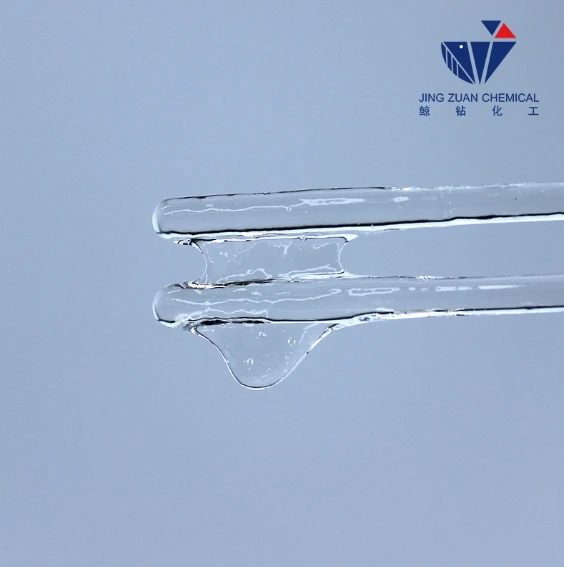
Oct . 19, 2024 08:21 Back to list
hydroxyethyl cellulose for paint
Hydroxyethyl Cellulose for Paint A Versatile Thickening Agent
Hydroxyethyl cellulose (HEC) is a non-ionic, water-soluble polymer derived from cellulose, a natural polymer found in plant cell walls. Its unique properties and versatility make it an essential ingredient in many industries, particularly in the formulation of paints and coatings. As the demand for eco-friendly and efficient products continues to rise, HEC has gained significant attention for its effectiveness and safety in various applications.
Composition and Properties
Hydroxyethyl cellulose is synthesized by the etherification of cellulose with ethylene oxide. This process introduces hydroxyethyl groups into the cellulose structure, enhancing its solubility in water. The resulting compound presents a range of molecular weights and degrees of substitution, allowing manufacturers to tailor HEC for specific applications. The most notable attributes of HEC include its excellent thickening, emulsifying, and film-forming capabilities, making it an ideal candidate for use in paints.
One key advantage of HEC over other thickening agents is its remarkable stability under varying pH levels and temperatures. This stability ensures that the performance and quality of the paint are maintained under different environmental conditions, which is crucial for both application and durability.
Functions in Paint Formulation
HEC primarily serves as a thickener in paint formulations, enhancing the viscosity of the product without adversely affecting its application properties. By increasing viscosity, HEC helps to prevent the settling of solid particles, ensuring even distribution of pigments and additives. This property is essential for achieving uniform color and finish in the final coat.
Moreover, HEC improves the brushability and spreadability of paint, allowing for easier application and a smoother finish. It also contributes to better anti-sagging characteristics, which is particularly important for paints that need to be applied on vertical surfaces. By controlling the flow and leveling properties, HEC aids in achieving a professional-looking finish with minimal effort.
hydroxyethyl cellulose for paint

In addition to these functional benefits, HEC is also known for its ability to form a flexible and durable film once the paint dries. This film not only enhances the overall appearance but also contributes to the protective qualities of the paint, making it more resistant to environmental factors such as moisture, UV light, and pollutants.
Environmental Considerations
With an increasing focus on sustainability in the paint industry, HEC is praised for its eco-friendly profile. As a plant-derived product, HEC is biodegradable and non-toxic, offering a safer alternative to synthetic thickening agents that may emit volatile organic compounds (VOCs). The use of HEC in water-based paints aligns with the industry's shift towards sustainable practices, as these formulations minimize environmental impact while maintaining high performance.
Furthermore, the adoption of HEC in paints helps manufacturers meet stringent environmental regulations while catering to consumer preferences for safe and sustainable products. As green building practices gain traction, the demand for such innovative materials is expected to rise.
Conclusion
Hydroxyethyl cellulose is a versatile and effective additive in paint formulations, providing essential benefits such as thickening, stability, and film formation. Its unique properties not only enhance the quality and performance of paints but also align with the growing trend towards sustainability within the industry. As consumers continue to prioritize eco-friendly solutions, HEC is poised to play a significant role in the future of paint technology.
In summary, the incorporation of hydroxyethyl cellulose in paint formulations exemplifies the innovation that drives the coatings industry forward. From improving application properties to enhancing the environmental profile of products, HEC stands out as a critical ingredient that meets the demands of both manufacturers and consumers alike. As research and development efforts continue, we can expect further advancements in HEC applications, solidifying its role as a cornerstone in modern paint formulations.
-
Versatile Hpmc Uses in Different Industries
NewsJun.19,2025
-
Redispersible Powder's Role in Enhancing Durability of Construction Products
NewsJun.19,2025
-
Hydroxyethyl Cellulose Applications Driving Green Industrial Processes
NewsJun.19,2025
-
Exploring Different Redispersible Polymer Powder
NewsJun.19,2025
-
Choosing the Right Mortar Bonding Agent
NewsJun.19,2025
-
Applications and Significance of China Hpmc in Modern Industries
NewsJun.19,2025







